The futuristic technologies that NASA could test in the next few years are truly formidable.
THEInnovative Advanced Concepts (NIAC) of NASA, the program that finances studies in the "embryonic phase", has several innovations to show to the public. We can collect the most interesting ideas of the moment into six different blocks: 6 technologies that are almost hard to imagine.
From asteroids to gigantic spacecraft

Among the most fascinating futuristic technologies, here is the RAMA project.
In short, the project aims to convert entire asteroids into huge autonomous spacecraft. Experts plan to use complex robotic processes to be able to transform asteroids into programmed automata.
The target? Reduce the costs of ground launches by ensuring that technology is produced directly in space.
The shape-shifting robots
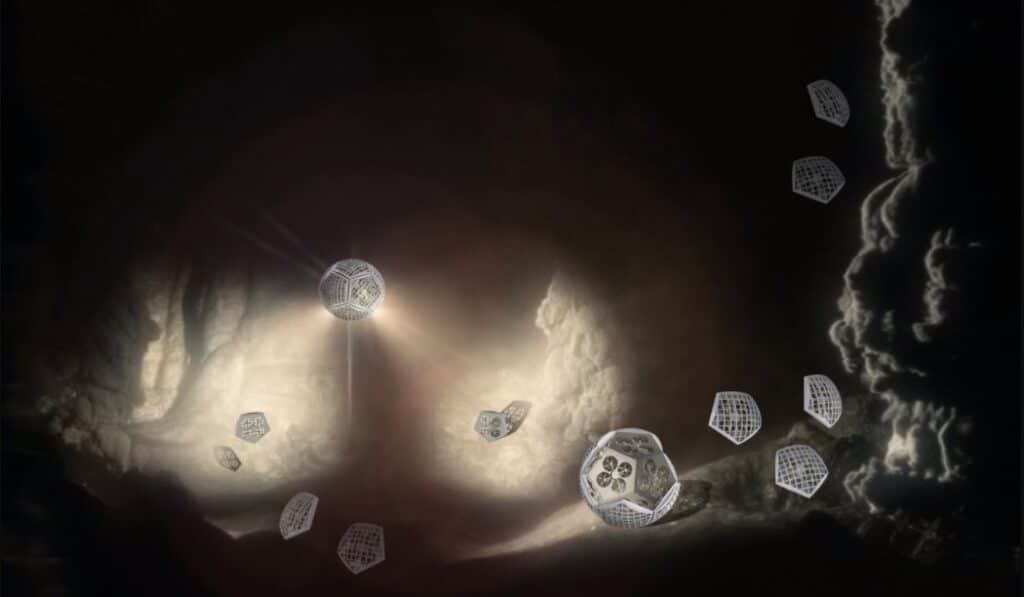
Of all the existing futuristic technologies, the shape-shifting ones are certainly among the most absurd.
The possibility of changing the appearance of a car, quickly and efficiently, still seems very far away.
Still, NASA thinks it can do it in space.
In fact, the project of a flying amphibious robot, which can transform into different devices, has been financed. Is called Shapeshifter and is composed of several small units that manage to unite and detach.
The famous “shadow” of space
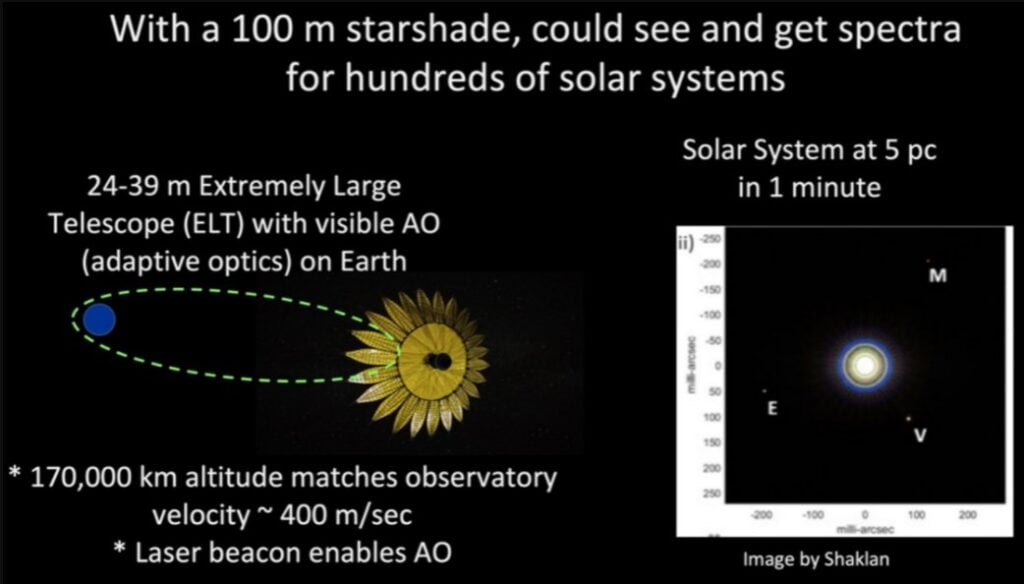
This time, we're talking about a discovery of incredible scientific value.
NASA may have found a useful tool for astronomers: Starshade, a kind of "shadow" in space that blocks the glare of stars.
In other words, astronomers could focus on the study of a single star, using the Starshade to block the light of all the others. Futuristic technologies of this type would allow us to closely observe what is happening in space, maintaining our attention.
New smart spacesuits
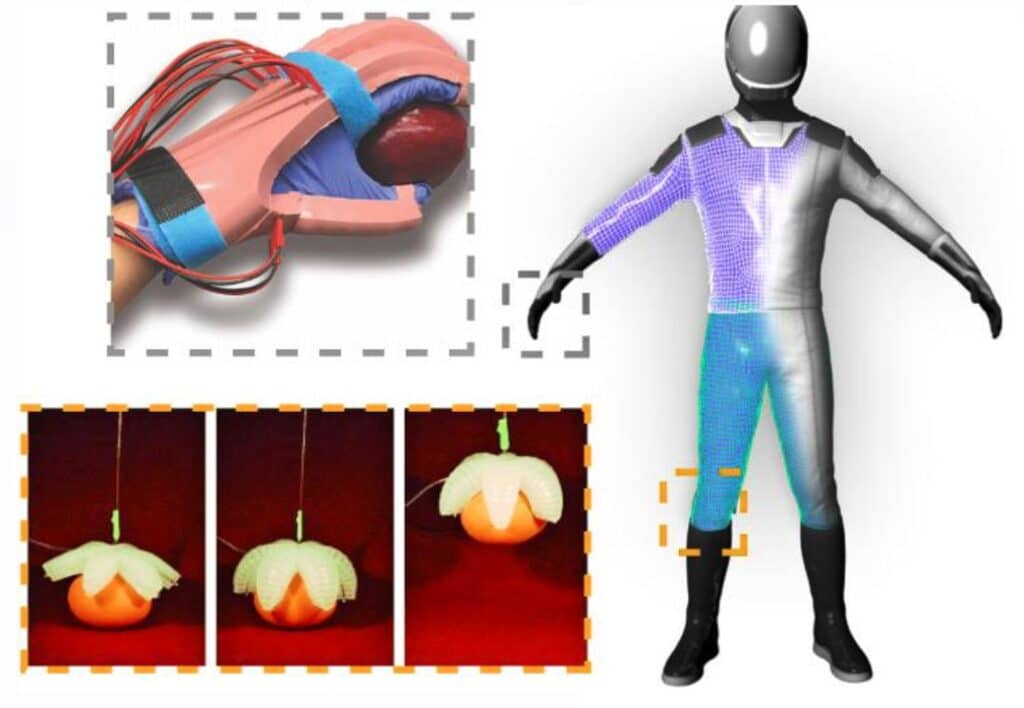
Another fascinating project involves the construction of new spacesuits. Let's talk about the project SmartSuit, which points to an update of the current suits.
The new version will use soft robotic to create an extensible and self-healing layer of skin, with integrated sensors that collect and show data to the wearer.
At the moment, the suits are designed specifically for space missions to Mars.
The "cloth" for space cleaning
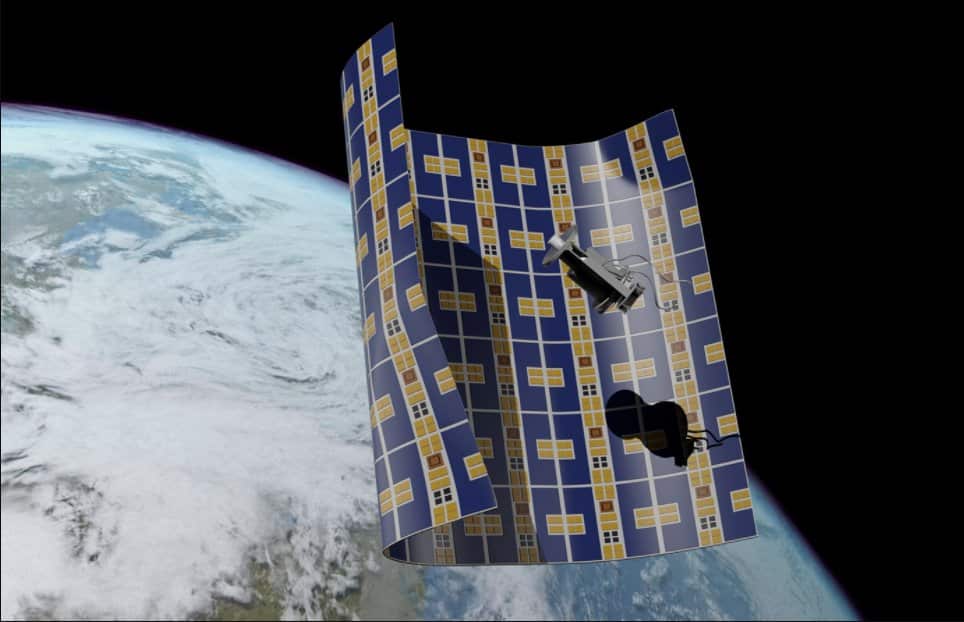
In space, there are about 100 million pieces of extraterrestrial debris at least 1 millimeter in size. Spacecraft could easily run into one of these debris and suffer considerable damage.
The project "The Brane Craft“, aims to build a modern space cleaner.
The designed device is extremely thin, so much so that it can be compared to a sheet of paper. Its job is to shroud debris in orbit, then lower it to burn in Earth's atmosphere.
The heart of futuristic technologies: breathable Martian air
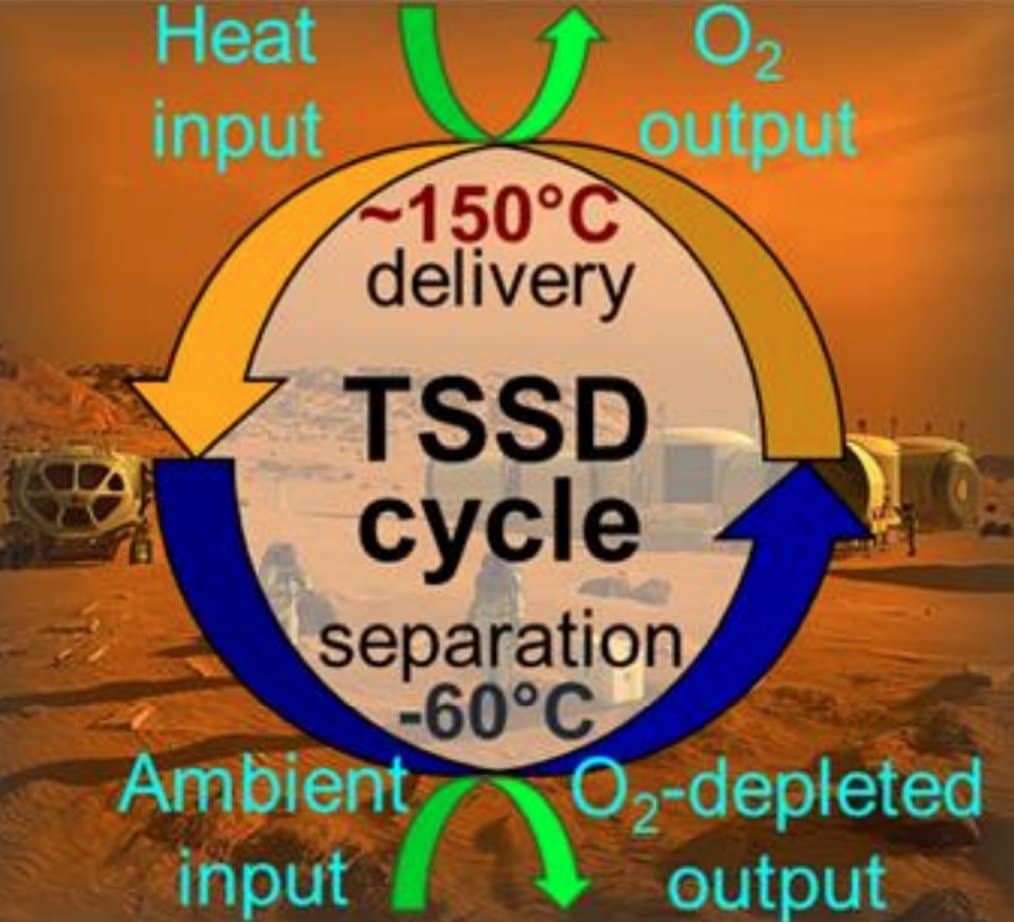
If we really want to get to live on the red planet, we need to figure out how to make Martian air breathable.
Ivan Ermanovsky, research professor at Arizona State University, is working on a portable oxygen generator.
Its system uses a process called Thermal Swing sorption/desorption (TSSD), capable of generating oxygen starting from the Martian atmosphere.
If that works, humans could actually walk on Mars. An incredible project isn't it?


